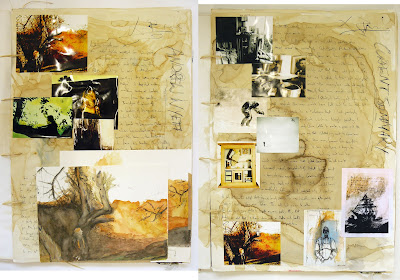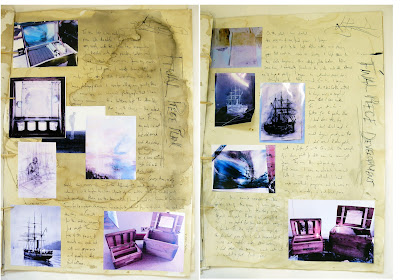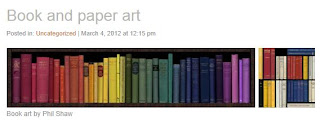Michael Kenna was born in 1953 and is a English photographer known for his black and white landscapes. His photographs have an ethereal light which has been achieved through taking the photographs at night or the early hours of the morning. He now works in San Francisco.
 |
| Images courtesy of Sterin Photographs by Michael Kenna |
 |
| Images courtesy of Sterin Photographs by Michael Kenna |
 |
| Images courtesy of Sterin Photographs by Michael Kenna |
























































